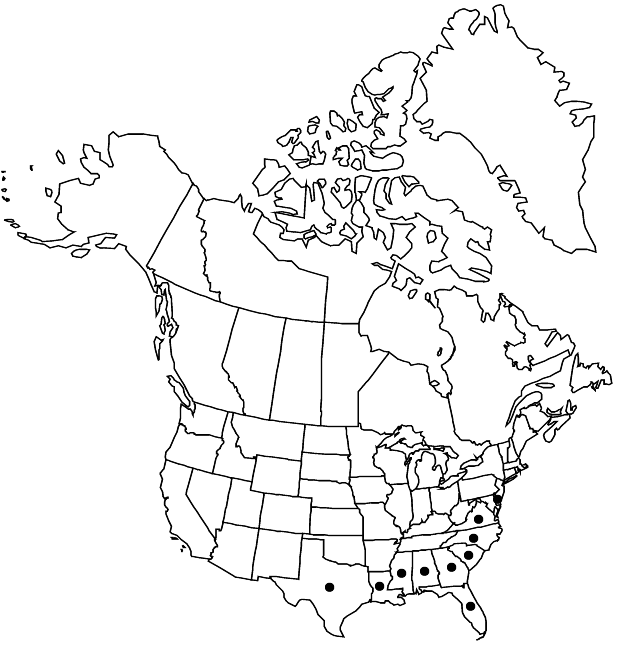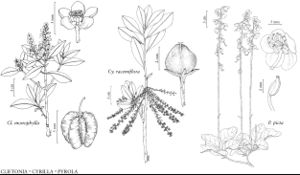Difference between revisions of "Cyrilla racemiflora"
Syst. Nat. ed. 12, 2: 182. 1767.
FNA>Volume Importer |
imported>Volume Importer |
||
| (One intermediate revision by the same user not shown) | |||
| Line 8: | Line 8: | ||
}} | }} | ||
|common_names=Titi | |common_names=Titi | ||
| + | |special_status={{Treatment/ID/Special_status | ||
| + | |code=F | ||
| + | |label=Illustrated | ||
| + | }} | ||
|basionyms= | |basionyms= | ||
|synonyms={{Treatment/ID/Synonym | |synonyms={{Treatment/ID/Synonym | ||
| Line 59: | Line 63: | ||
|publication title=Syst. Nat. ed. | |publication title=Syst. Nat. ed. | ||
|publication year=1767 | |publication year=1767 | ||
| − | |special status= | + | |special status=Illustrated |
| − | |source xml=https:// | + | |source xml=https://bitbucket.org/aafc-mbb/fna-data-curation/src/2e0870ddd59836b60bcf96646a41e87ea5a5943a/coarse_grained_fna_xml/V8/V8_713.xml |
|genus=Cyrilla | |genus=Cyrilla | ||
|species=Cyrilla racemiflora | |species=Cyrilla racemiflora | ||
Latest revision as of 22:45, 5 November 2020
Plants to 10 m, frequently forming dense thickets. Leaves: petiole distinct; blade green, oblanceolate to elliptic, 1–10 × 0.5–2.5 cm, chartaceous to coriaceous, base cuneate, apex acute, rounded, or emarginate. Flowers fragrant; petals white or creamy white, 2.5–3.5 mm. Fruits ovoid to subglobose, 2–2.5 mm.
Phenology: Flowering May–Jul, sometimes again Sep–Oct.
Habitat: Bottomlands, swamps, stream margins, streamheads and baygalls, acidic seepage bogs, peat-based pocosins, Carolina bays, cypress-gum depressions in pine savannas, wet flatwoods
Elevation: 0-200 m
Distribution

Ala., Del., Fla., Ga., La., Miss., N.C., S.C., Tex., Va., s Mexico, West Indies, Central America, n South America.
Discussion
Populations of Cyrilla racemiflora in northern Florida and southern Georgia often comprise individuals with smaller leaves (1–4 × 0.5–1 cm), inflorescences (4–9 cm), and petals (to 3 mm), and have been segregated by some authors as C. parvifolia (A. S. Weakley 2007). As noted by R. K. Godfrey and J. W. Wooten (1981) and other authors, this combination of characters represents but one extreme of a pattern of morphological intergradation so broad that only a single species can be recognized unequivocally.
Reproduction in Cyrilla racemiflora is largely vegetative. The shallow, nearly horizontal roots produce ascending shoots giving rise to extensive clones that often form dense thickets and may cover a sizeable area. The species is sometimes planted and has escaped locally, as in Delaware.
Selected References
None.
